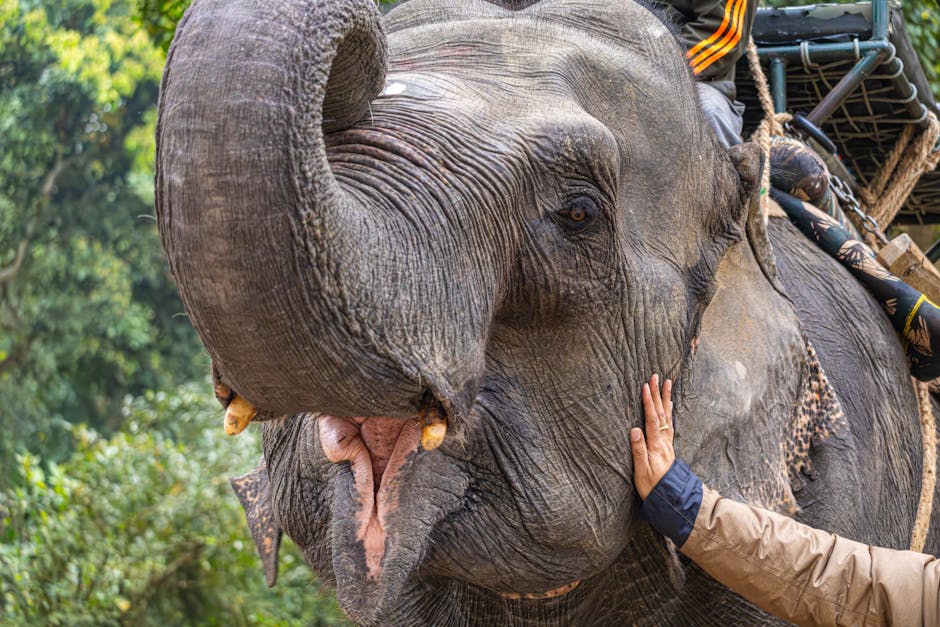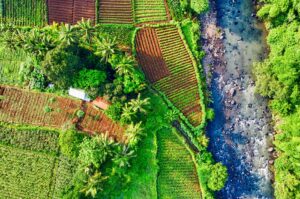Discovering the Beauty of Wildlife Conservation Through Responsible Tourism
As a travel writer, I have had the opportunity to explore some of the most breathtaking destinations around the world. From lush rainforests to pristine beaches, each place has its own unique charm. But one aspect that truly captures my heart and leaves a lasting impact on me is encountering wildlife in its natural habitat. It is a humbling and awe-inspiring experience to witness these magnificent creatures in their element.
However, as much as I love getting up close and personal with wildlife, I am also aware of the importance of responsible tourism in preserving and protecting these precious animals. In this blog post, I want to share my thoughts on how we can contribute to wildlife conservation through responsible tourism.
The Effect of Irresponsible Tourism on Wildlife
Before delving into responsible tourism, it is crucial to understand the negative impacts of irresponsible tourism on wildlife. All too often, tourists engage in activities that harm animals and their habitats, such as riding elephants, taking selfies with captive wild animals, and feeding them inappropriate food. These actions not only disrupt the natural behavior of the animals but also contribute to their physical and psychological harm.
Moreover, the increasing demand for wildlife tourism has led to the exploitation of animals for profit, resulting in their mistreatment and often, illegal trafficking. This not only puts the lives of these animals at risk but also threatens their existence in the long run.
Responsible Tourism: A Solution for Wildlife Conservation
Fortunately, there is a way to experience wildlife in a responsible and sustainable manner – responsible tourism. This approach involves respecting the natural habitats and behaviors of animals while also supporting the local communities and economies.
One of the most significant benefits of responsible tourism is that it directly contributes to the conservation of wildlife. By choosing ethical and responsible tour operators, we can ensure that our tourist activities have minimal impact on the animals and their habitats. These operators prioritize the well-being of the animals and work towards their conservation and protection.
How You Can Be a Responsible Tourist
Now, you may be wondering how you can be a responsible tourist and contribute to wildlife conservation. The good news is, it is not as complicated as it may seem. Here are some simple yet impactful ways you can make a difference:
1. Choose Responsible Tour Operators
When planning your wildlife experiences, make sure to do your research and choose tour operators that have a strong commitment to responsible tourism. Look for certifications like the Global Sustainable Tourism Council (GSTC) or the Association of Arctic Expedition Cruise Operators (AECO). These certifications ensure that the operators follow strict guidelines for responsible and sustainable tourism.
2. Do Not Support Captive Wildlife Attractions
As tempting as it may be to ride an elephant or take a selfie with a tiger, these activities are not only harmful to the animals but also perpetuate the cycle of animal exploitation. Instead, opt for wildlife experiences that allow you to observe the animals in their natural habitats, such as a safari or a guided nature walk.
3. Respect the Animals and Their Habitats
When encountering wildlife, remember to maintain a safe distance and avoid any actions that may disturb or irritate them. Do not feed, touch, or harass the animals, and always follow the instructions given by your guide. Also, make sure to dispose of your waste properly and avoid littering in their habitats.
4. Educate Yourself and Others
One of the most powerful ways to contribute to wildlife conservation is by educating yourself and others. Learn about the animals and their habitats, the challenges they face, and how responsible tourism can make a positive impact. Share your knowledge and experiences with others and encourage them to be responsible tourists as well.
Final Thoughts
As travelers, we have a responsibility to protect and preserve the beautiful creatures we encounter on our journeys. By practicing responsible tourism, we can make a positive impact on wildlife conservation and ensure that these animals continue to thrive in their natural habitats for generations to come. Let us all do our part in protecting our planet’s precious wildlife.




